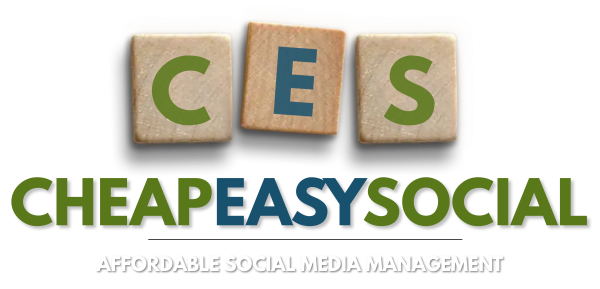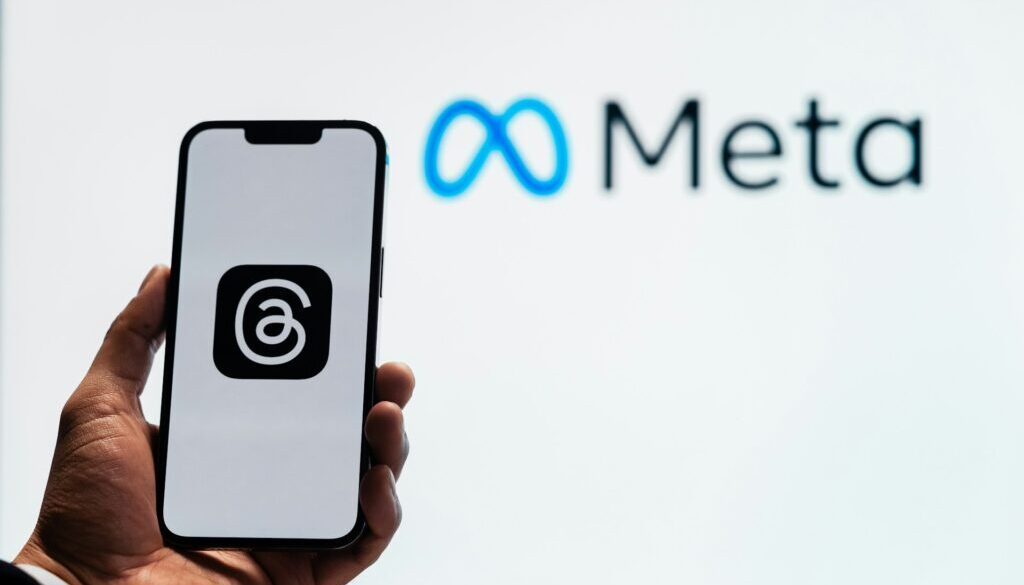Harnessing the Power of User-Generated Content on Facebook
In the world of digital marketing, authenticity is king. Consumers are bombarded with advertisements and brand messages daily, making it harder than ever for businesses to stand out. However, one powerful tool that brands can leverage to cut through the noise is user-generated content (UGC). UGC refers to any form of content—text, videos, images, reviews—created by users of a product or service, rather than by the brand itself. When used effectively, UGC can significantly enhance a brand’s presence on Facebook, building trust, boosting engagement, and ultimately driving sales. This blog will explore the importance of UGC and how to harness its power on Facebook.
1. The Importance of User-Generated Content
Authenticity and Trust: In an era where consumers are increasingly skeptical of traditional advertising, UGC offers an authentic alternative. Content created by real users is perceived as more genuine and trustworthy. When potential customers see other people—especially those similar to them—using and endorsing a product, they are more likely to trust the brand. This trust can be a significant factor in their purchasing decision.
Increased Engagement: UGC tends to generate higher levels of engagement than brand-generated content. People are more likely to comment on, like, and share content that feels personal and relatable. On Facebook, where the algorithm favors content that sparks engagement, UGC can help your posts reach a broader audience.
Cost-Effective Marketing: Another advantage of UGC is that it’s cost-effective. Instead of spending large sums on creating new content, brands can leverage the content their customers are already creating. This not only saves time and resources but also provides a continuous stream of fresh content for your Facebook page.
2. Types of User-Generated Content on Facebook
Customer Reviews and Testimonials: Reviews and testimonials are among the most powerful forms of UGC. Encouraging customers to leave reviews on your Facebook page can help build credibility and influence other potential buyers. Sharing these testimonials in your posts can also boost engagement and provide social proof.
Photos and Videos: Visual content is highly engaging on Facebook. Encourage your customers to share photos and videos of themselves using your products. These visuals not only showcase your products in real-world settings but also help potential customers envision how they might use the product themselves.
Contests and Challenges: Running a contest or challenge is a great way to generate UGC. For example, you could ask customers to share a photo or video using your product with a specific hashtag for a chance to win a prize. This not only encourages content creation but also increases your brand’s visibility as participants share their entries with their networks.
Social Media Mentions: Encouraging customers to tag your brand in their posts or use a branded hashtag can help you collect UGC without much effort. Monitor these mentions regularly and share the best ones on your Facebook page.
Q&A Sessions: Host Q&A sessions on your Facebook page where users can ask questions about your products. The responses can be considered UGC and used to create FAQs or informative posts that address common customer queries.
3. How to Encourage User-Generated Content
Create a Branded Hashtag: A branded hashtag is a simple yet effective way to encourage UGC. Make sure it’s easy to remember and relevant to your brand. Promote the hashtag across all your marketing channels and encourage your customers to use it when they share content related to your brand on Facebook.
Run Contests and Giveaways: Contests and giveaways are a proven way to incentivize users to create and share content. For example, you could ask customers to post a photo of themselves using your product with your branded hashtag for a chance to win a prize. The competitive element encourages participation, and the reward motivates users to put in the effort.
Feature User Content: One of the simplest ways to encourage UGC is by regularly featuring it on your Facebook page. When customers see that their content is being recognized and shared by your brand, they’ll be more likely to create and share more. Be sure to credit the original creators to build goodwill and encourage further participation.
Engage with Your Community: Actively engaging with your Facebook community is essential for encouraging UGC. Respond to comments, share user posts, and show appreciation for your customers’ contributions. The more valued your customers feel, the more likely they are to share their experiences.
Ask for Reviews: Directly ask your customers to leave reviews on your Facebook page. After a purchase, send a follow-up email encouraging them to share their experience. Make the process as simple as possible, and consider offering a small incentive, such as a discount on their next purchase, to encourage participation.
4. Best Practices for Using UGC on Facebook
Seek Permission: Before sharing UGC on your Facebook page, always seek permission from the original creator. This not only shows respect for their content but also helps you avoid potential legal issues.
Give Credit: When you share UGC, always credit the original creator. This could be as simple as tagging them in the post or including their name in the caption. Giving credit encourages more users to share their content with you.
Use UGC Strategically: While UGC is a powerful tool, it’s important to use it strategically. Mix it with your brand-generated content to maintain a balance. For instance, you could use UGC to complement a new product launch or to highlight customer satisfaction.
Measure and Analyze: Track the performance of your UGC posts to understand what resonates with your audience. Use Facebook Insights to monitor engagement metrics such as likes, shares, and comments. This data can help you refine your UGC strategy and focus on the types of content that drive the most engagement.
Maintain Quality Control: While UGC is valuable, it’s essential to maintain quality control over what you share on your brand’s page. Ensure that the content aligns with your brand’s values and image. If necessary, you can provide guidelines or examples to help users understand what kind of content you’re looking for.
5. Examples of Brands Successfully Using UGC
Coca-Cola’s “Share a Coke” Campaign: Coca-Cola’s “Share a Coke” campaign is a classic example of UGC. By personalizing bottles with common names, Coca-Cola encouraged customers to share photos of their personalized Coke bottles on social media. The campaign generated a massive amount of UGC, boosting brand visibility and engagement.
Starbucks’ #RedCupContest: Every holiday season, Starbucks runs the #RedCupContest, encouraging customers to share photos of their festive red cups on social media. The contest has become a yearly tradition, generating thousands of UGC posts and creating a sense of community among Starbucks fans.
GoPro’s User-Created Videos: GoPro has built its brand around UGC, with users sharing their action-packed videos filmed with GoPro cameras. GoPro regularly features these videos on its Facebook page, showcasing the camera’s capabilities and the adventures of its users.
6. Conclusion
User-generated content is a powerful asset for any brand looking to build trust, increase engagement, and drive sales on Facebook. By encouraging and strategically leveraging UGC, you can create a more authentic and engaging brand presence. Remember to engage with your community, maintain quality control, and give credit where it’s due. With the right approach, UGC can become a cornerstone of your Facebook marketing strategy, helping you connect with your audience in meaningful ways and ultimately driving business growth.
cheapeasysocial.com




